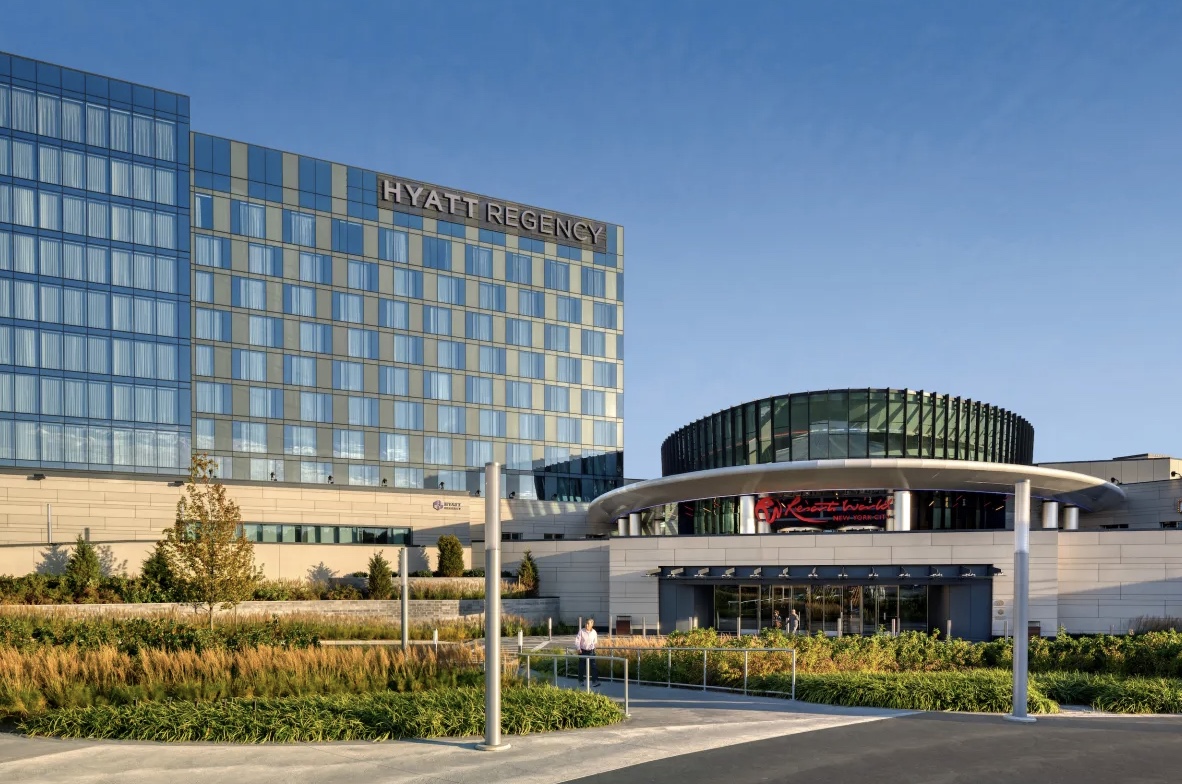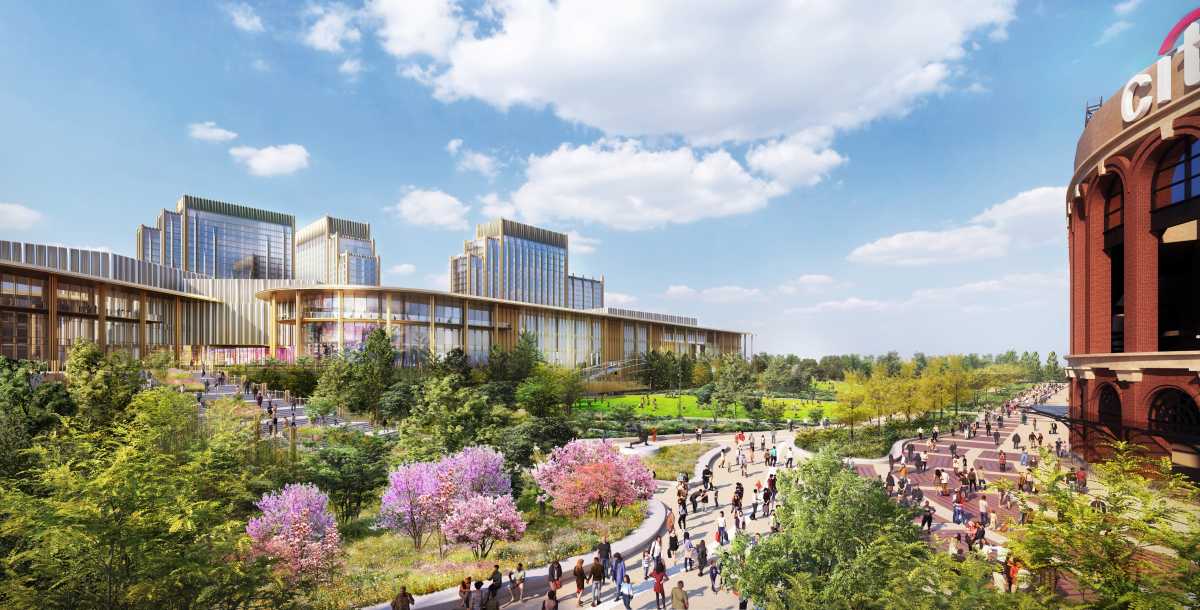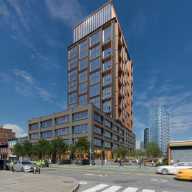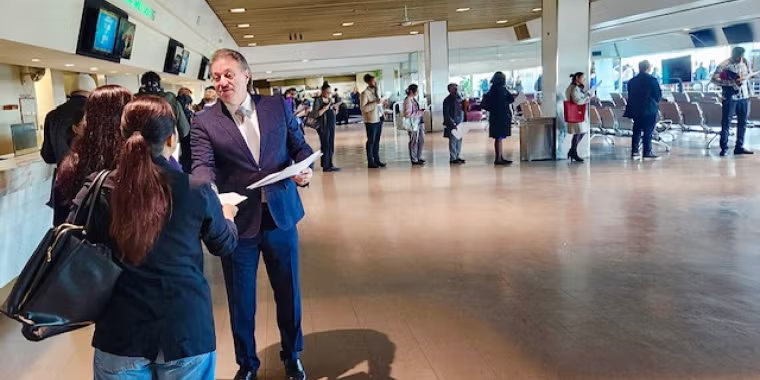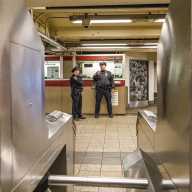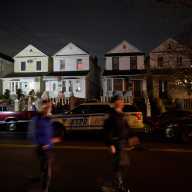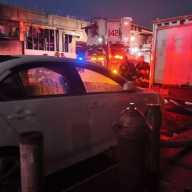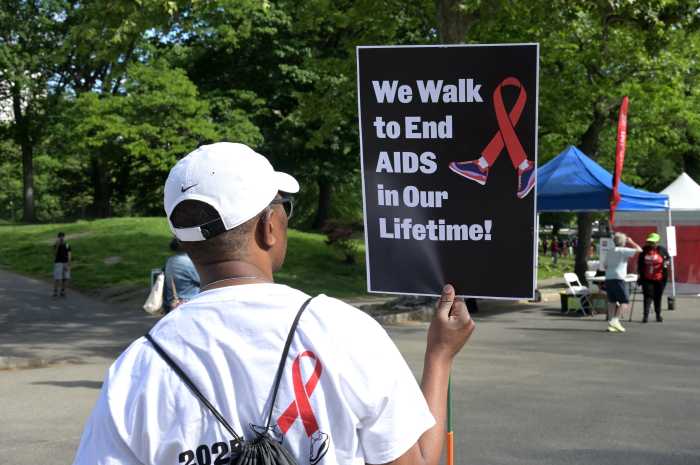Plans at Queens Hospital Center to turn one of its buildings into a residence for people with low incomes and people with chronic conditions and mental disabilities have raised concern in the community.
That concern is not warranted nor is it surprising.
The hospital has served the communities of central and southeastern Queens since it opened in 1935 as Queens General Hospital. One year ago, the hospital opened a 360,000-square-foot, state-of-the-art facility. The project is a sign of the hospital’s commitment to Queens.
The hospital is proposing to convert its vacant “T Building” into a residence.
“There was some concern about people with behavioral problems being so close to young children,” said Kevin Forrestal, a Community Board 8 member.
Bob Trabold, director of the Hillcrest-Jamaica Hills Neighborhood Association, said he had heard the building would house people with mental illness and HIV/AIDS.
“That is a lot of people with problems in one spot,” he said.
The building would have round-the-clock, front desk coverage and security cameras inside and outside the building. Forrestal said he is concerned about what will go on outside the building.
The residence would be operated by Comunilife, a city-based nonprofit.
In response to critics, the organization’s spokeswoman Olga Jobe, said, “Affordable, stable and quality housing with supportive services can help individuals with chronic conditions to live more independently, facilitates access to appropriate health care services and also helps to reduce emergency room use and hospital readmissions.”
There is no reason to believe the people living in the 251 units of the T building will present a threat to the community. The neighborhood and its children will be safe and the city will find an affordable solution for a growing population that needs a place to live.
Forrestal and Trabold are asking elected officials for their support. They need to relax. There is no cause for alarm.
Queens Hospital has earned the community’s trust. It is already treating people with HIV/AIDS and mental conditions. This kind of “not in my backyard” panic reflects poorly on the community board, not the hospital.

